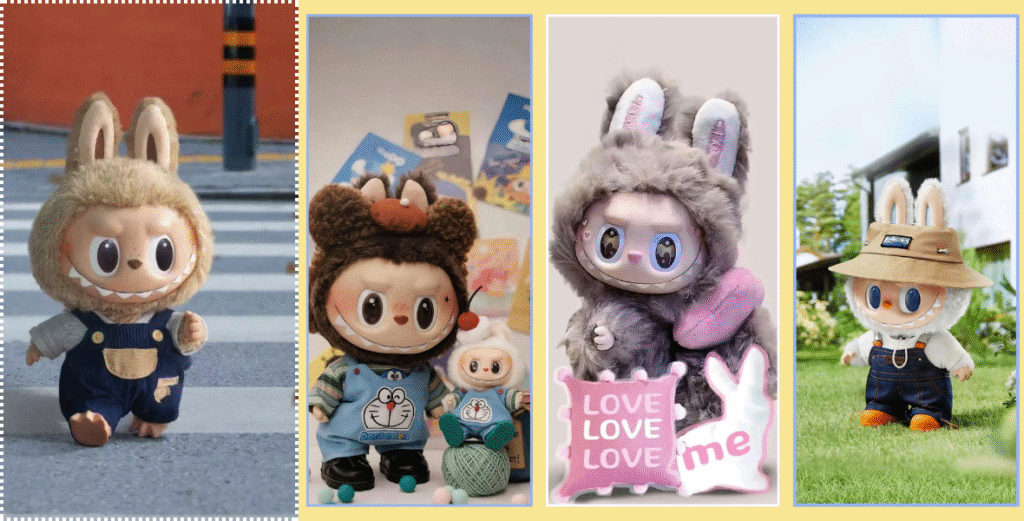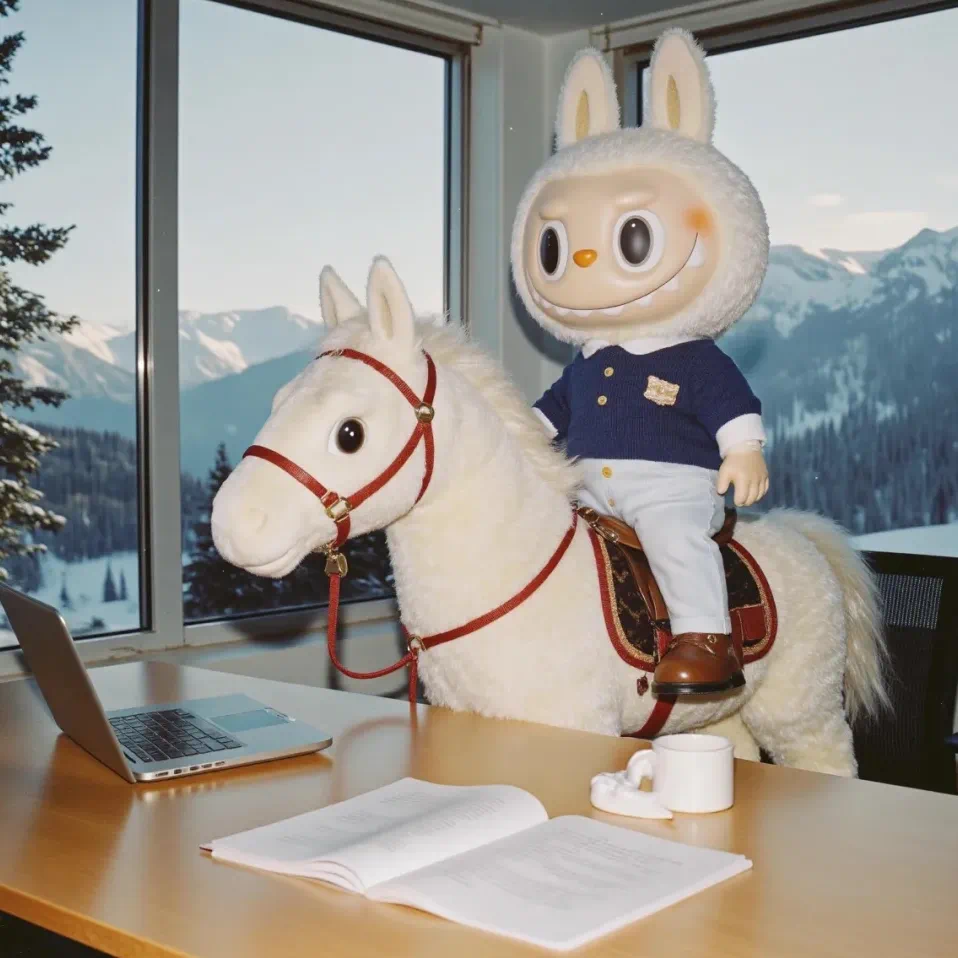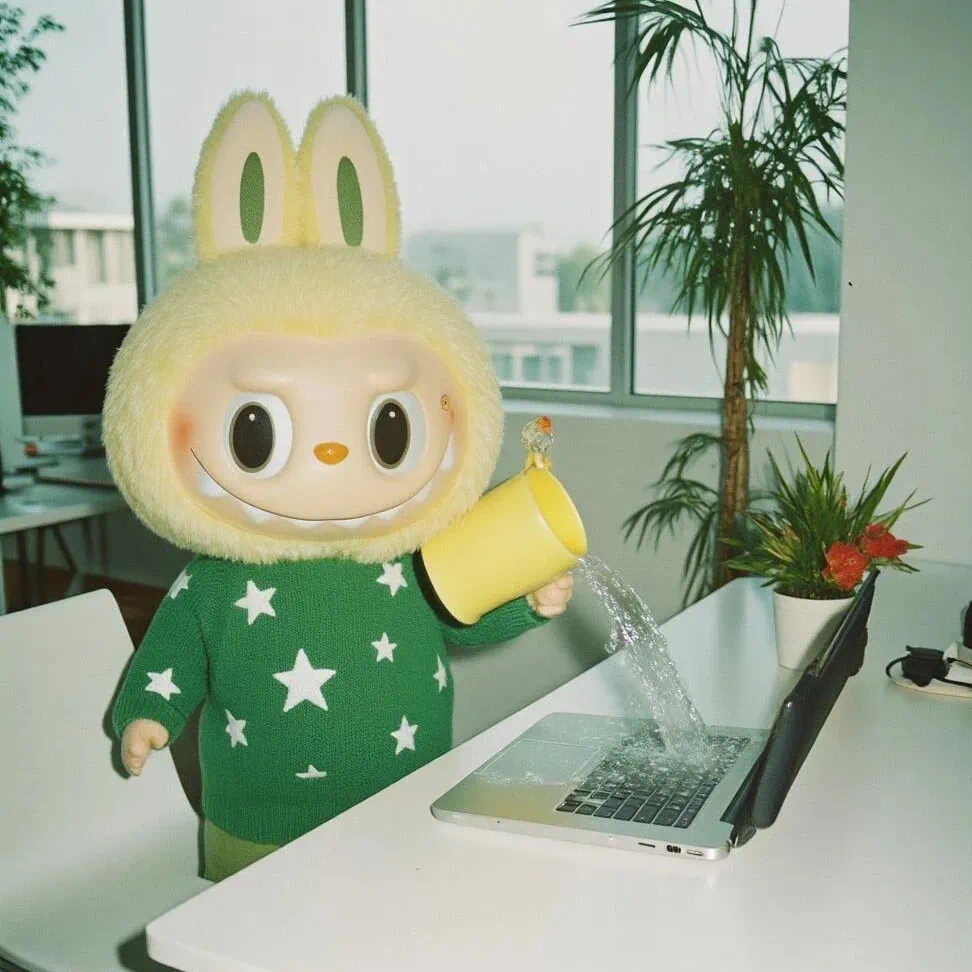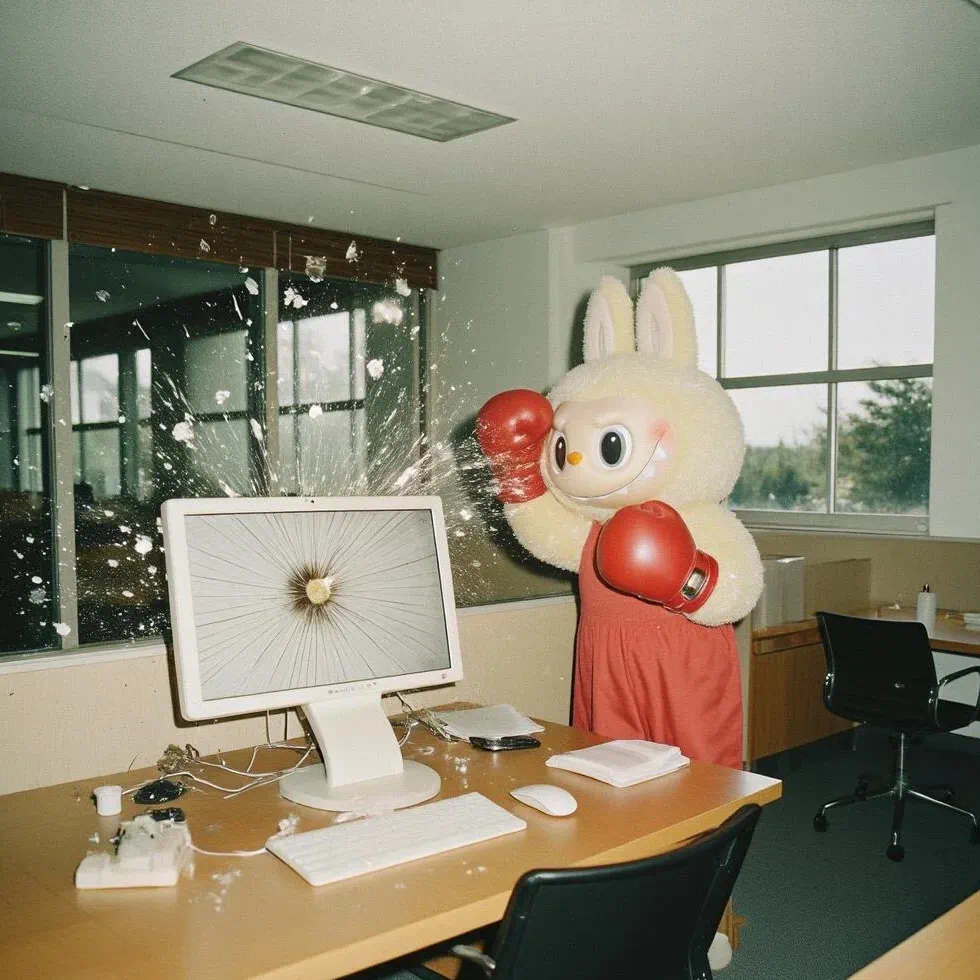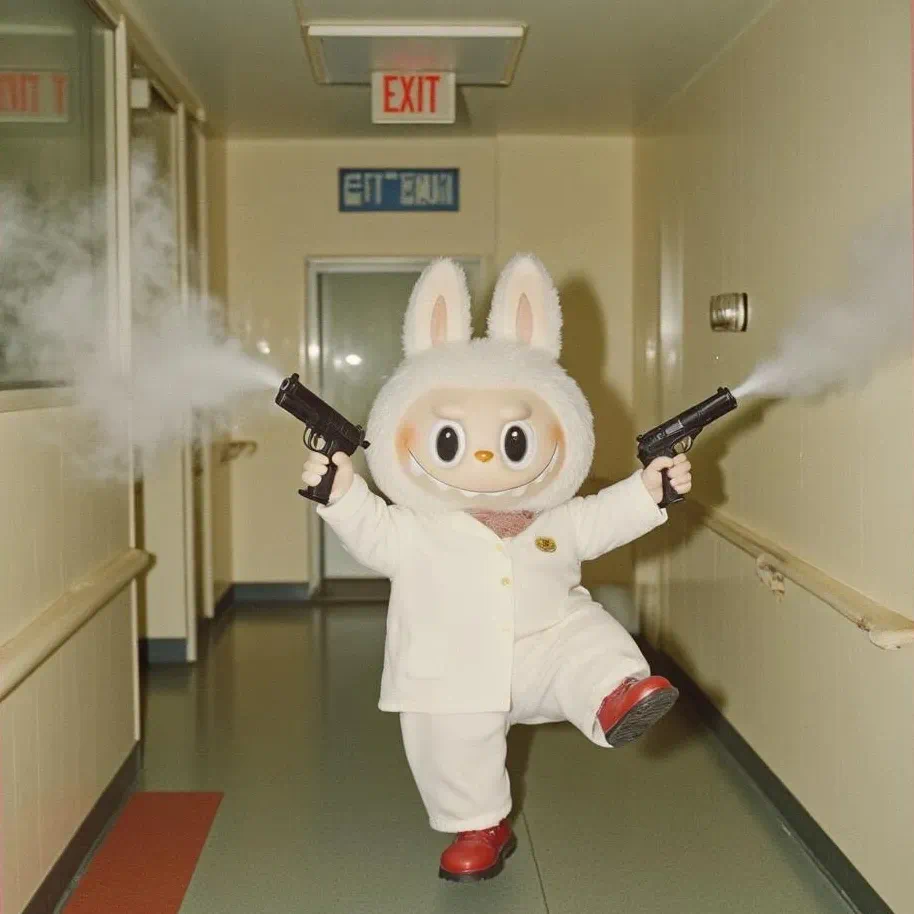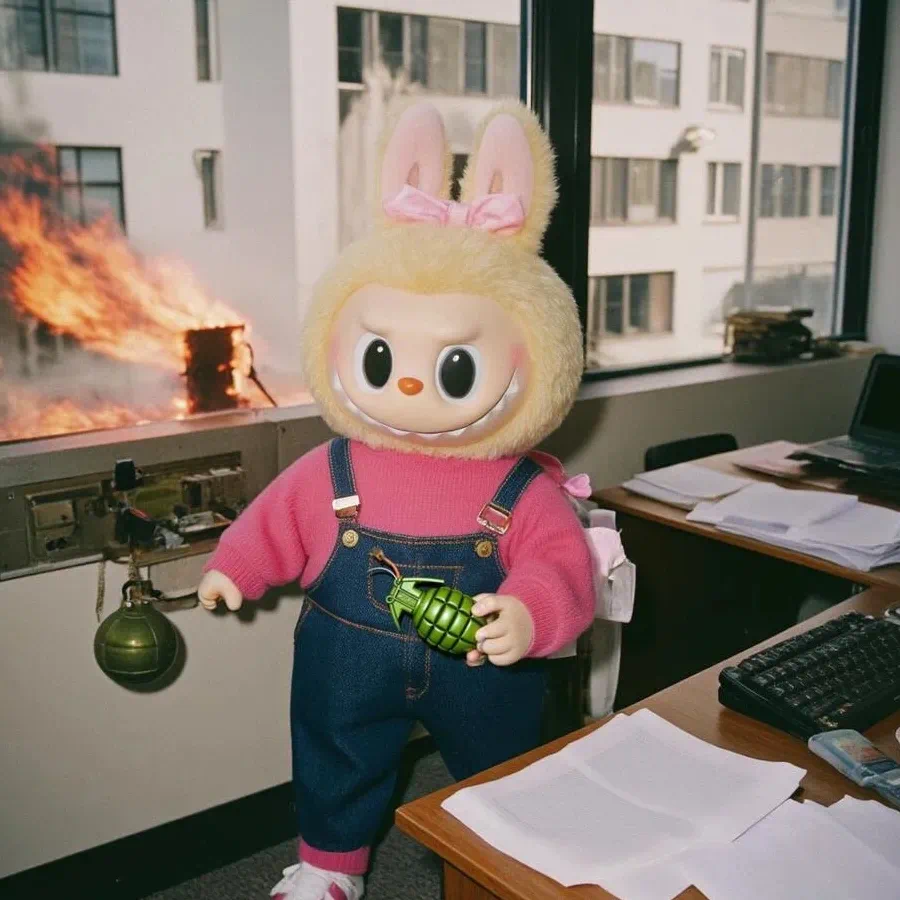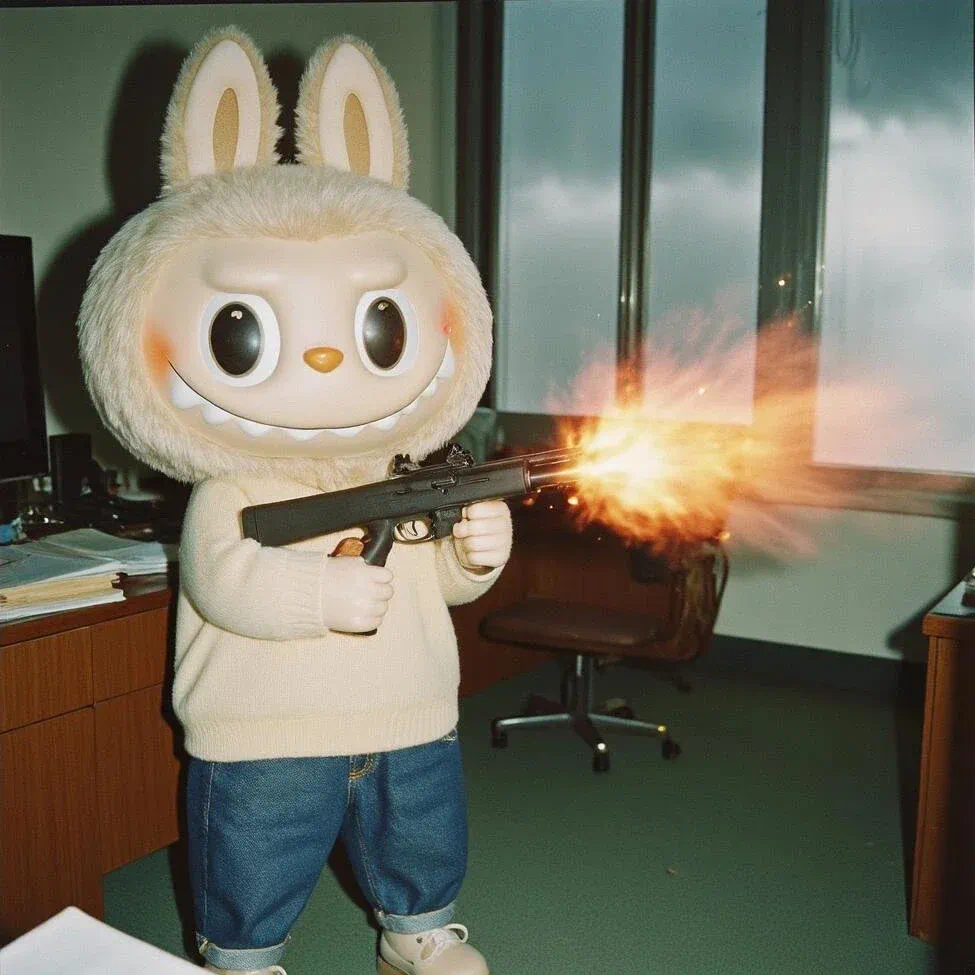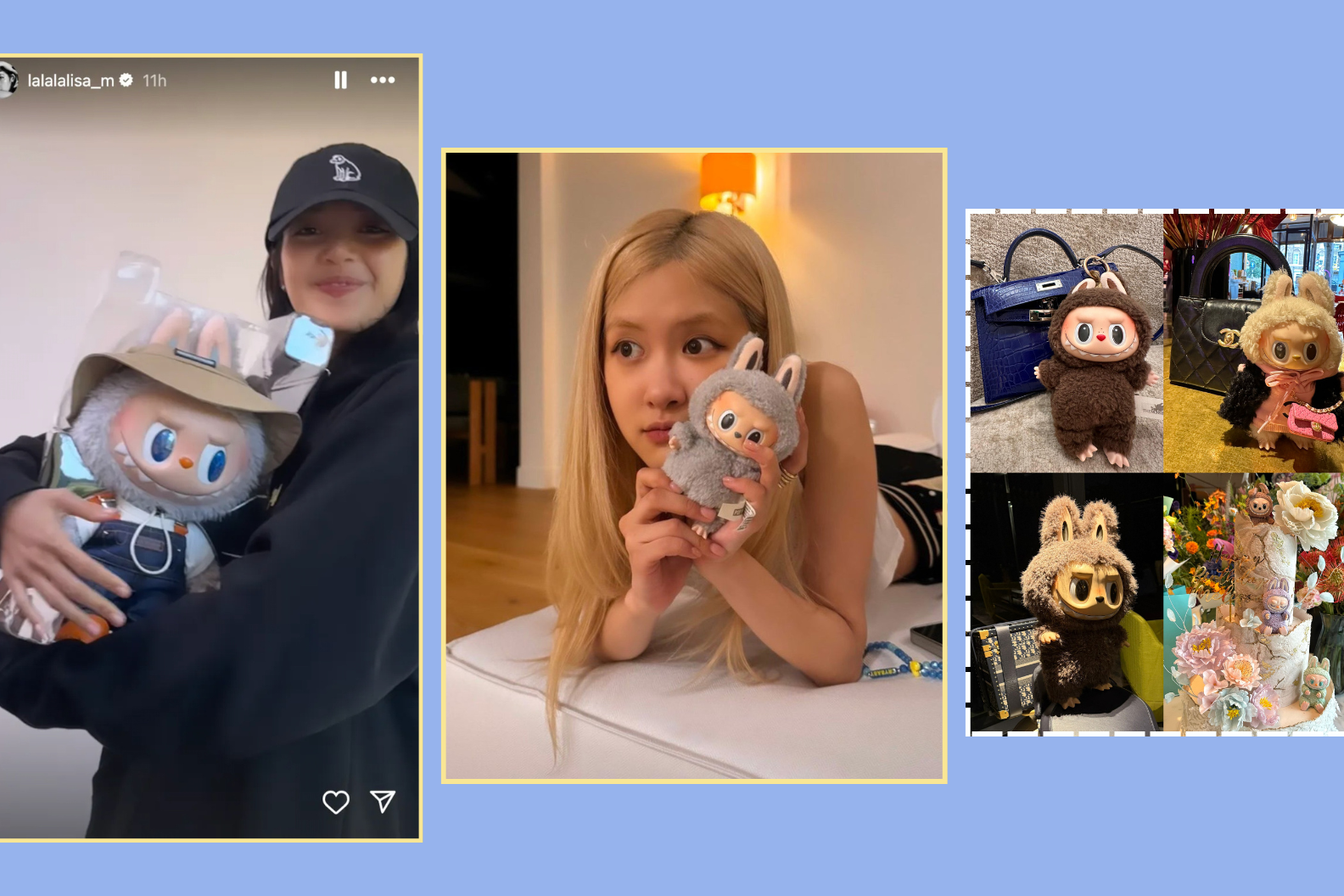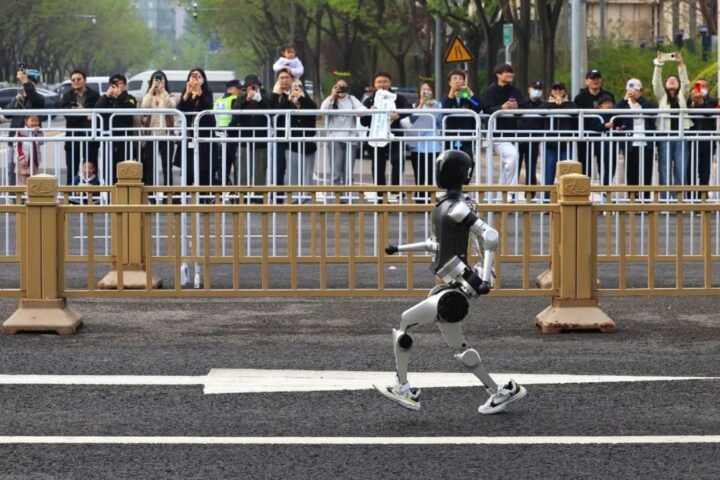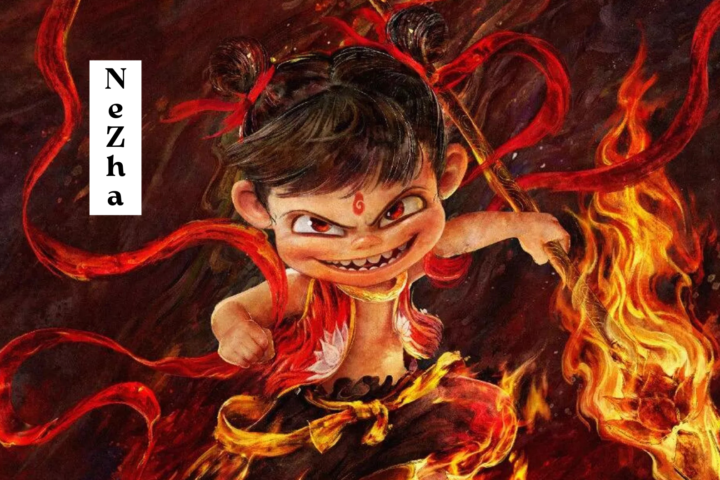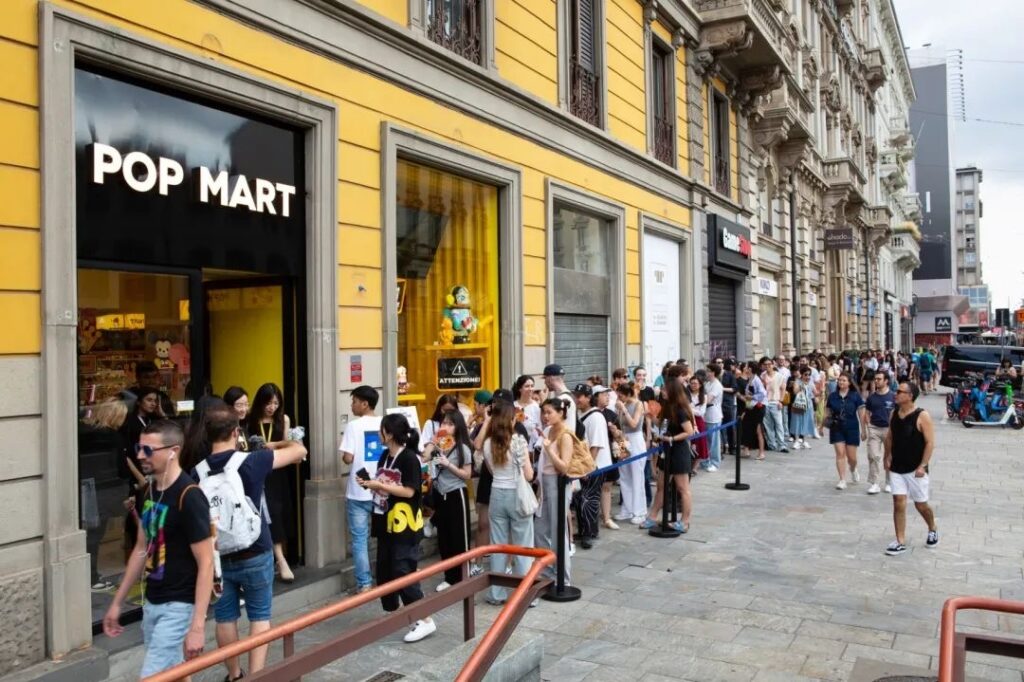
Labubu: China’s Cultural Export Meets New Consumer Habits
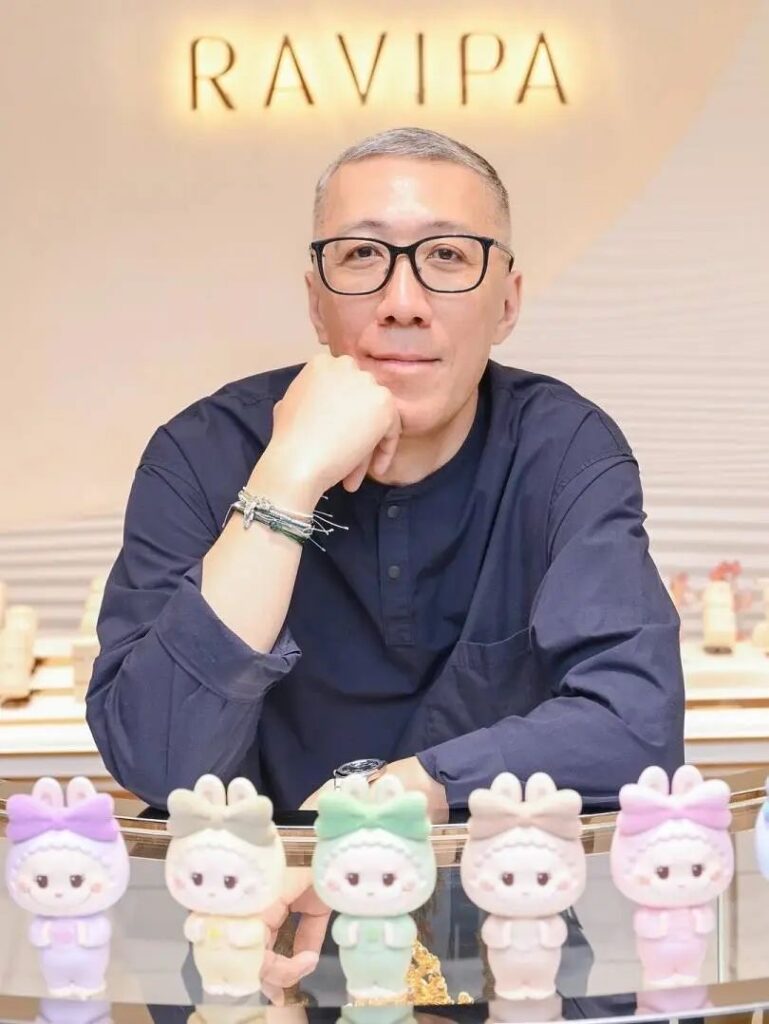
In 2024, BLACKPINK’s Lisa’s endorsement catapulted it to global fame. Southeast Asian celebrities, including Thai royalty, elevated it to luxury accessory status alongside brands like Hermès. Celebrities like Rihanna, Dua Lipa, and Emma Roberts followed suit, making Labubu a must-have fashion statement.

Dua Lipa’s showing off strange fluffy creatures on keychains Credit: Goff
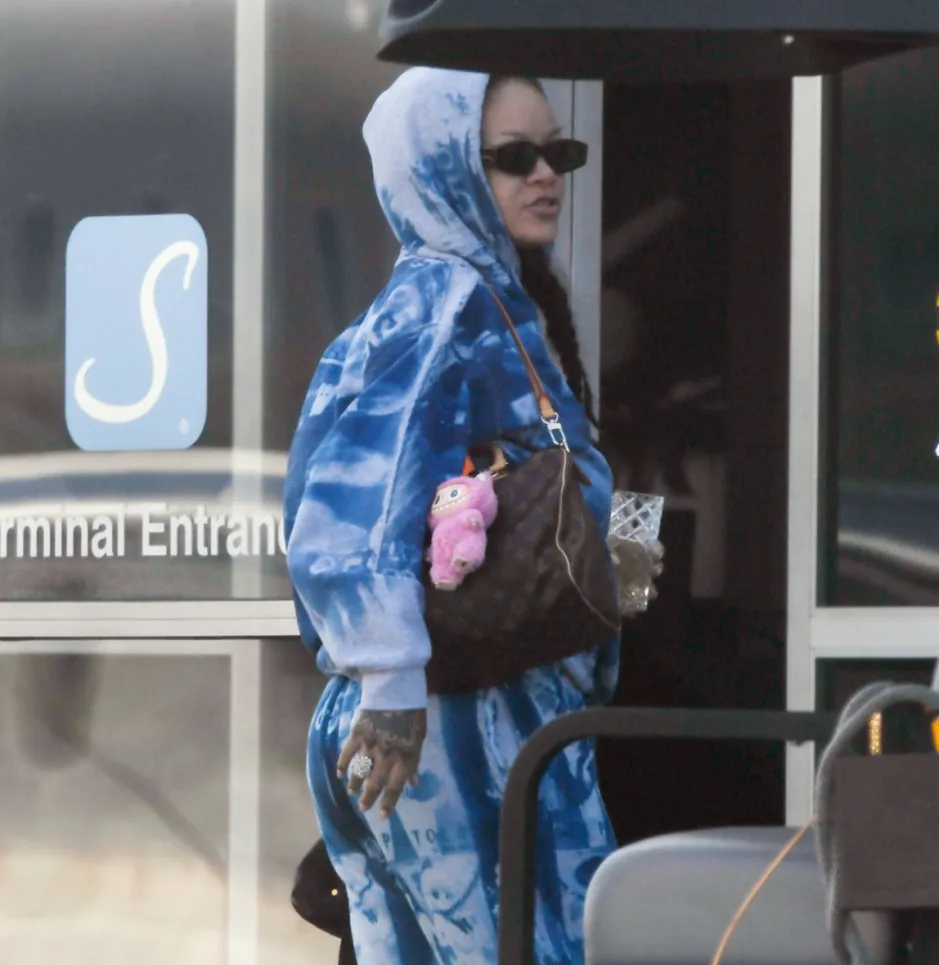
Rihanna was pictured sporting a Lububu doll on a Louis Vuitton handbag in LA Credit: Goff
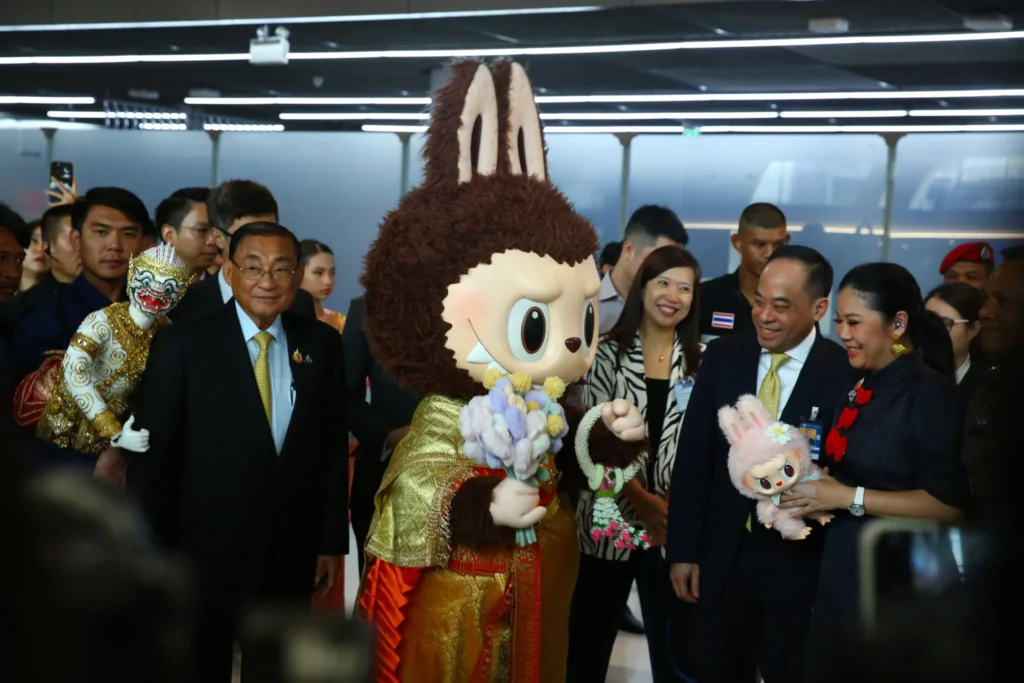
The Blind Box Thrill
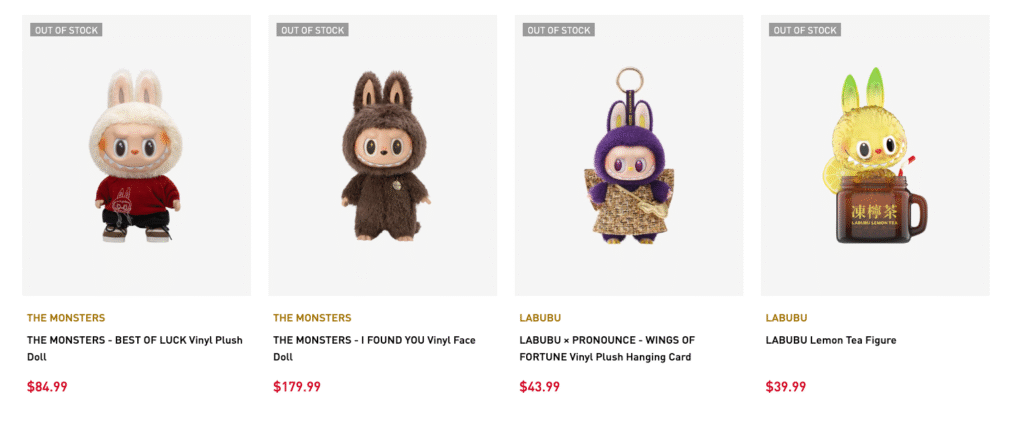
Some analysts believe the world is currently experiencing a prolonged period of low consumer confidence and spending restraint. Blind boxed with their relatively low cost, “offer people an affordable way to engage in consumption and enjoy small thrills, and surprisingly create that addictive “controlled uncertainty ,” providing small joyful moments. Owning Labubu is a form of identity projection—each figure embodies emotions like loneliness or playfulness, becoming companions of the self. Fan interactions spur buying and trading, fostering belonging.”
Toys as Emotional Anchors and Social Currency For Adults
Labubu invites emotional projection with its imperfect, quirky look reflecting Gen Z’s nonconformity. Unlike traditional fixed-narrative characters, it offers a “psychological blank” for fans to fill with feelings—rebellious, vulnerable, cute, or stubborn.
